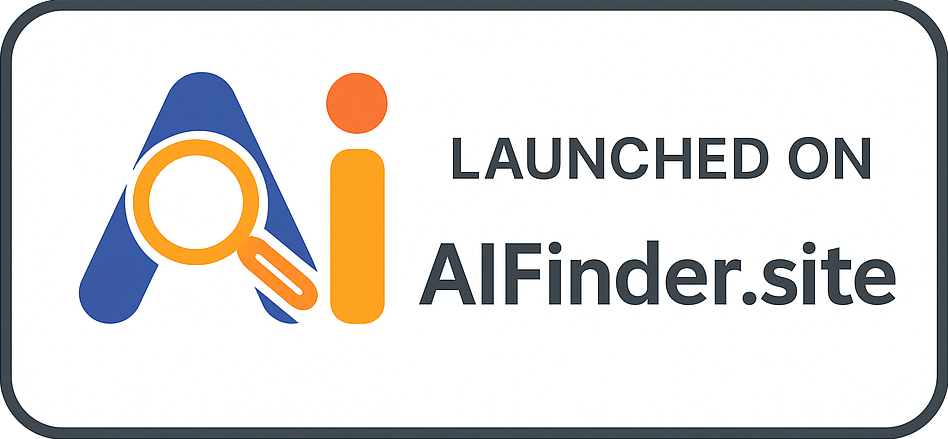Social Media Targeting
Social Media Targeting is the process of identifying and reaching specific audiences on social media platforms based on various criteria, such as demographics, interests, and behaviors, to optimize advertising and marketing efforts.
Frequently Asked Questions
What is Social Media Targeting?
Social Media Targeting involves using data and algorithms to deliver content, advertisements, or messages to specific groups of users who are most likely to engage with the material. It focuses on targeting users based on criteria such as age, gender, location, interests, and online behavior.
Where is Social Media Targeting used?
Social Media Targeting is utilized across various social media platforms, including Facebook, Instagram, Twitter, LinkedIn, and TikTok. Brands and marketers use these platforms' advertising tools to reach their desired audience segments effectively.
When should Social Media Targeting be used?
Social Media Targeting should be used during advertising campaigns, especially when brands want to promote products, increase engagement, or drive traffic to a website. It's particularly effective for time-sensitive promotions and events.
Why do we need Social Media Targeting?
Social Media Targeting is essential because it helps brands maximize their marketing budgets by focusing on users who are most likely to convert. By reaching the right audience, brands can improve engagement rates, brand loyalty, and ultimately, return on investment.
How to use Social Media Targeting effectively?
To use Social Media Targeting effectively, brands should clearly define their target audience, utilize the targeting features provided by social media platforms, test and optimize campaigns based on performance data, and continuously refine audience segments based on insights.
Key Takeaways
In the competitive landscape of influencer marketing, Social Media Targeting is a crucial strategy that enables brands to connect with their ideal audiences. By employing precise targeting techniques, brands can enhance their marketing efforts, foster stronger relationships with consumers, and drive impactful results.
Hot Glossary Terms
Influencer Marketing
Influencer Marketing is a strategy that leverages the influence of individuals with large followings on social media to promote products or services, aiming to reach a targeted audience effectively.
Social Media Marketing
Social Media Marketing refers to the use of social media platforms and websites to promote a product or service, encouraging user engagement and brand awareness through content creation and sharing.
Content Strategy
Content Strategy is a comprehensive plan aimed at creating, publishing, and managing high-quality content to achieve business goals and enhance user engagement.
Brand Partnerships
Brand Partnerships refer to collaborative relationships between two or more brands or influencers aimed at promoting mutual interests and achieving shared goals through combined marketing efforts.
Engagement Rate
Engagement Rate is a key performance metric in social media and influencer marketing that measures the level of interaction and engagement a piece of content receives from its audience.
Related Terms
Key Performance Indicator (KPI)
Key Performance Indicator (KPI) is a measurable value that demonstrates how effectively a company is achieving key business objectives, particularly in the realm of influencer marketing.
Link in Bio
Link in Bio is a common phrase used in social media marketing that refers to the clickable link provided in a user's profile bio section, directing followers to a specific webpage or content outside the platform.
Influencer Marketing on Different Platforms
Influencer Marketing across various platforms involves leveraging social media influencers to promote products or services, tailored to the unique characteristics and audience of each platform.
Influencer Outreach
Influencer Outreach is the process of identifying and engaging with social media influencers to promote a brand or product, fostering beneficial relationships that can lead to increased visibility and credibility.
Influencer Metrics
Influencer Metrics are key performance indicators used to evaluate the effectiveness and impact of influencers in marketing campaigns, helping brands to measure success and optimize strategies.







